2017 Nissan Armada Review: First Drive

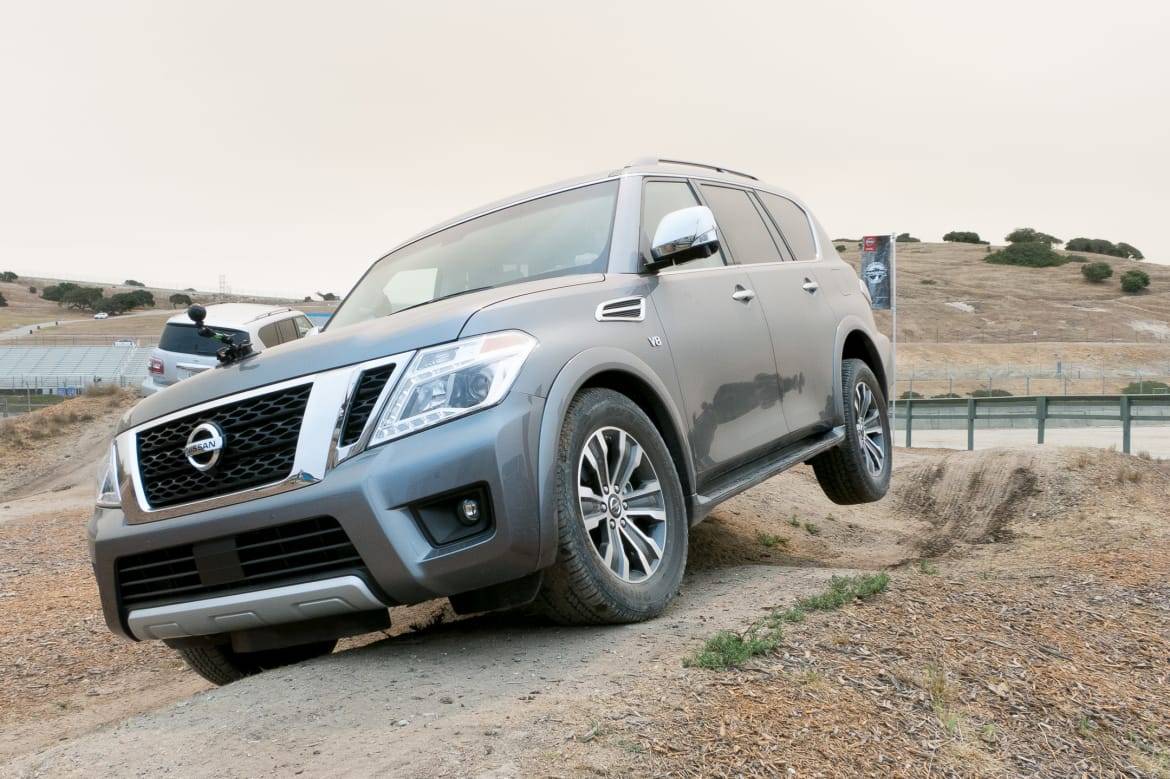
CARS.COM — All the talk these days is about what are often called crossovers: Whether big, small or medium-sized, they’re SUVs built with an architecture that was once limited to cars — and they’ve been selling like gangbusters in recent years. But traditional full-sized SUVs, typically underpinned by conventional truck platforms, are not dead; in fact, they’re still enjoying strong sales as fuel prices remain low and stable. So it makes sense that Nissan would want to continue to preserve its place in this class with an updated eight-seat 2017 Armada full-size SUV.
Related: More Nissan News
The 2017 model that replaces the outgoing Titan pickup-based 2015 model is indeed all-new — it’s now based on the international Nissan Patrol SUV, a slightly smaller vehicle than the outgoing truck and the same model that forms the bones of the luxurious Infiniti QX80. The styling isn’t all that different from the QX80 – the grille and front fenders may be Nissan-esque, with the V-motion grille seen on all Nissan models, but the roof and D-pillars have a strong resemblance to the Infiniti. All trim levels feature standard LED headlights and taillights. The vents on the front fenders are more than just shiny baubles, too — the one on the driver’s side, at least, is functional, feeding the engine air intake. The overall look is clean and attractive, a nice update from the current model.
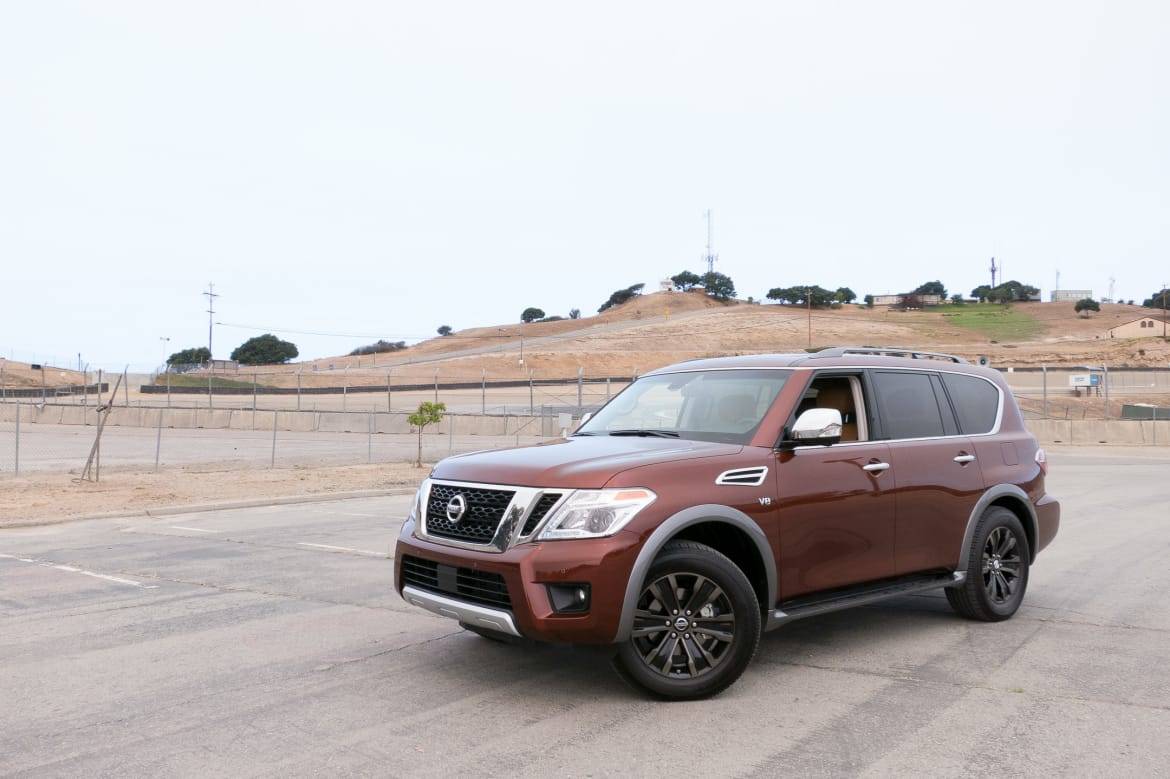
Fire up the Armada’s only available engine, a 5.6-liter V-8, and you’re treated to a stout 390 horsepower and 394 pounds-feet of torque. It’s mated to a seven-speed automatic transmission that routes power to the rear wheels in normal operation. A selectable transfer case enables a choice of automatic all-wheel drive, locked 4-High or 4-Low for more challenging off-road or foul-weather situations. In normal operation, the 5.6-liter engine is strong and quick, emitting a great V-8 burble under moderate acceleration but remaining quiet and in the background when power demands are lighter. However, with steady-state cruising over only slightly hilly terrain, the transmission constantly hunts for gears, there’s a little surging in the throttle and an odd behavior to the overall experience that shows evidence of some jumpy throttle mapping. It’s not as smooth as it could be in around-town operation and strangely doesn’t feel as well sorted out as the same powertrain combination in the new Titan half-ton pickup. That big V-8 does allow you to tow up to 8,500 pounds, however, the best standard tow rating in the class. And you’ll pay for that capability at the pump, with the Armada EPA-estimated to get 14/19/16 mpg city/highway/combined for the two-wheel-drive model and 13/18/15 mpg with four-wheel drive.
Steering feel is big-SUV numb with not much in the way of on-center feel, which results in the Armada shifting around in its lane quite a bit. Sweeping canyon curves show how much the Armada rolls in corners, too, with a top-heavy feel that doesn’t inspire you to go faster. The Chevrolet Tahoe feels much more planted, as does the Ford Expedition, likely due to the additional width of those vehicles; they have a cornering confidence that the Armada lacks.
Ride quality is excellent. The Armada soaks up bumps with quiet ease, not allowing much in the way of noise or motion into the cabin. Road and wind noise are also impressively damped thanks to the acoustic windshield and front-door glass, and the Armada’s brakes are strong and progressive as well. The overall experience is very much like driving the more expensive Infiniti QX80, which isn’t a bad thing.
Inside, the seating position is a little unusual — the front seats don’t travel back as far as many drivers (including me) would like and the steering wheel, gauges and controls are unusually low. The steering wheel adjustability is also limited; it doesn’t raise far enough for many taller drivers’ tastes. It’s a commanding view out of the cabin, but for such a big truck, it’s surprisingly tight on front passenger space.
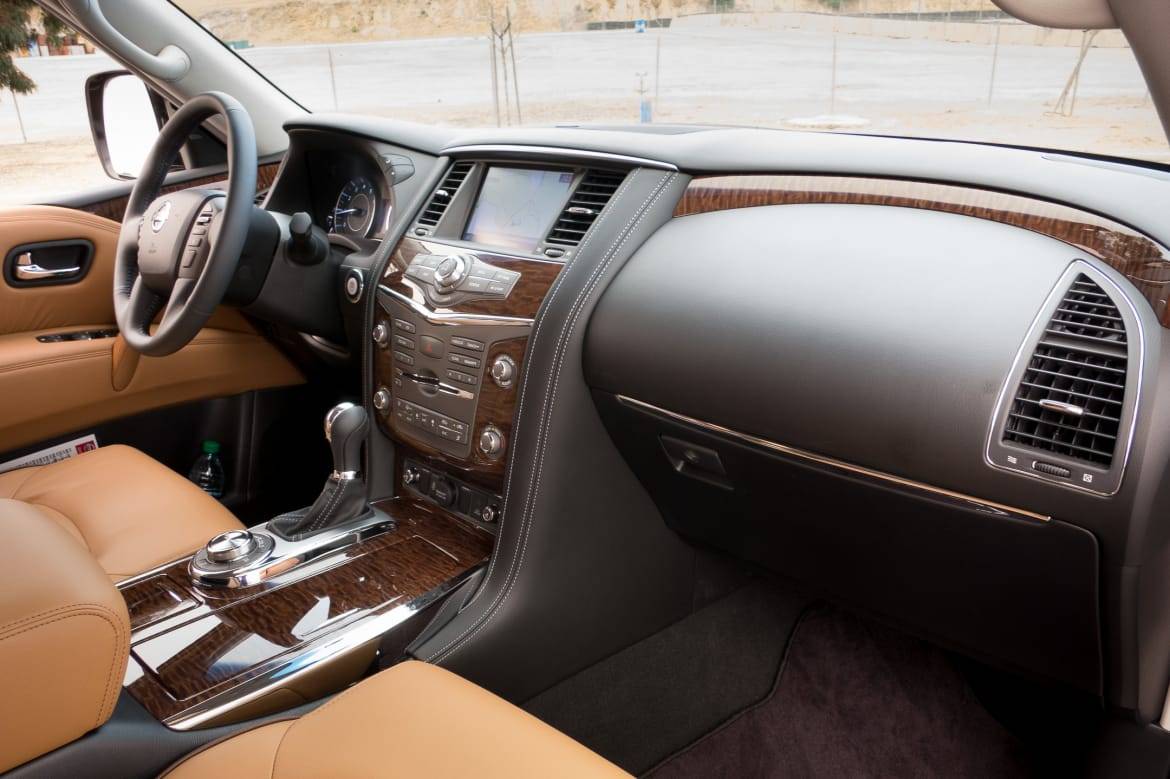
Sitting in the truck, however, it becomes even more obvious that this new Armada isn’t the same size as the outgoing one. It’s about 1.2 inches longer but has a wheelbase that’s 2.1 inches shorter. The platform change from Titan to Patrol brings an interior that’s not as big as the 2015, with most of the loss coming in width and cargo room. Headroom remains plentiful — best in class in the second and third rows — but hip and shoulder room drop by a couple of inches. There’s not as much width to spread out in front or in the second row, but the seats are comfortable and nicely bolstered. The version I sampled was the loaded Platinum with the optional second-row captain’s chairs, which features a center console in the rear that can be removed (with tools) for easier access to the third row. That third row is considerably smaller than the outgoing truck’s, losing almost 4 inches of legroom and more than 3 inches of shoulder room. It’s not a comfortable place for full-size adults for any serious length of time and getting in or out is awkward. Nissan calls the Armada an eight-seat SUV, assuming that three can fit in the third row — I call this highly optimistic.
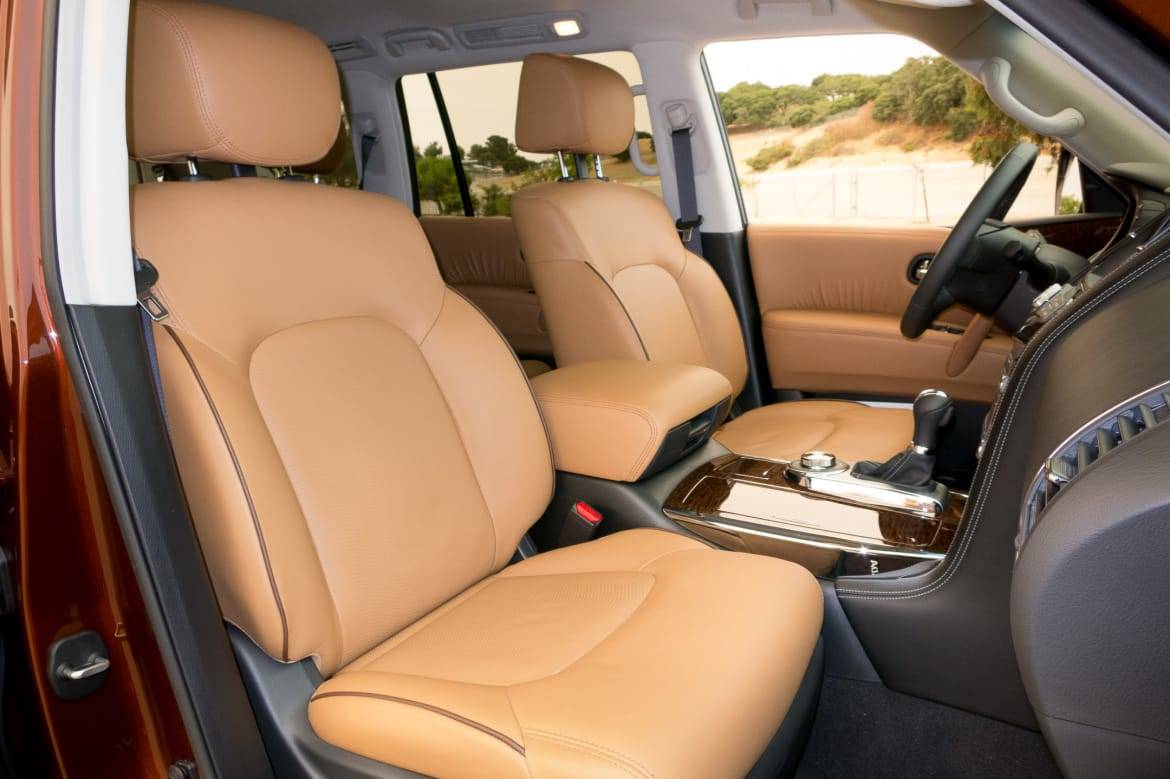
Interior materials are excellent, a far cry from the hard plastics and slab-sided boxiness of the old model, but the overall look of the interior is extremely similar to the QX80. If you didn’t see the Nissan badge on the steering wheel, you’d likely be hard-pressed to tell that this Platinum-trim model wasn’t the QX80. The fact that this interior is an older design shows up in areas like the controls and multimedia system — Nissan now has at least three different types of multimedia systems for sale in the U.S.: a basic one seen in models like the new Titan pickup, a fully modern and easy-to-use icon-based one that’s now shown up in the new 2017 Pathfinder and a few Infiniti models, and this older menu-based system that’s in the 2017 Armada. Unfortunately, the Armada’s isn’t the best of the three, with graphics that are outdated and touch-screen resolution that looks almost a decade out of date. That the all-new Armada is using the decidedly not-new multimedia system sort of hints at how not-new this Armada really is, based as it is on the Patrol that’s been around overseas for more than five years.
The cargo area volume is down considerably, dropping from 20.0 cubic feet behind the third row to 16.5 cubic feet. But more importantly, when the third row is folded, the cargo floor is not flat – it’s inclined slightly due to the padded nature of the third-row seats. With that third row folded, you get 49.9 cubic feet of room, down from 56.7 cubic feet in the 2015 model. Total cargo volume with second and third rows folded is 95.4 cubic feet, which is about on par with the Chevrolet Tahoe’s 94.7 cubic feet but well below the Ford Expedition’s 108.3 cubic feet of total cargo room.
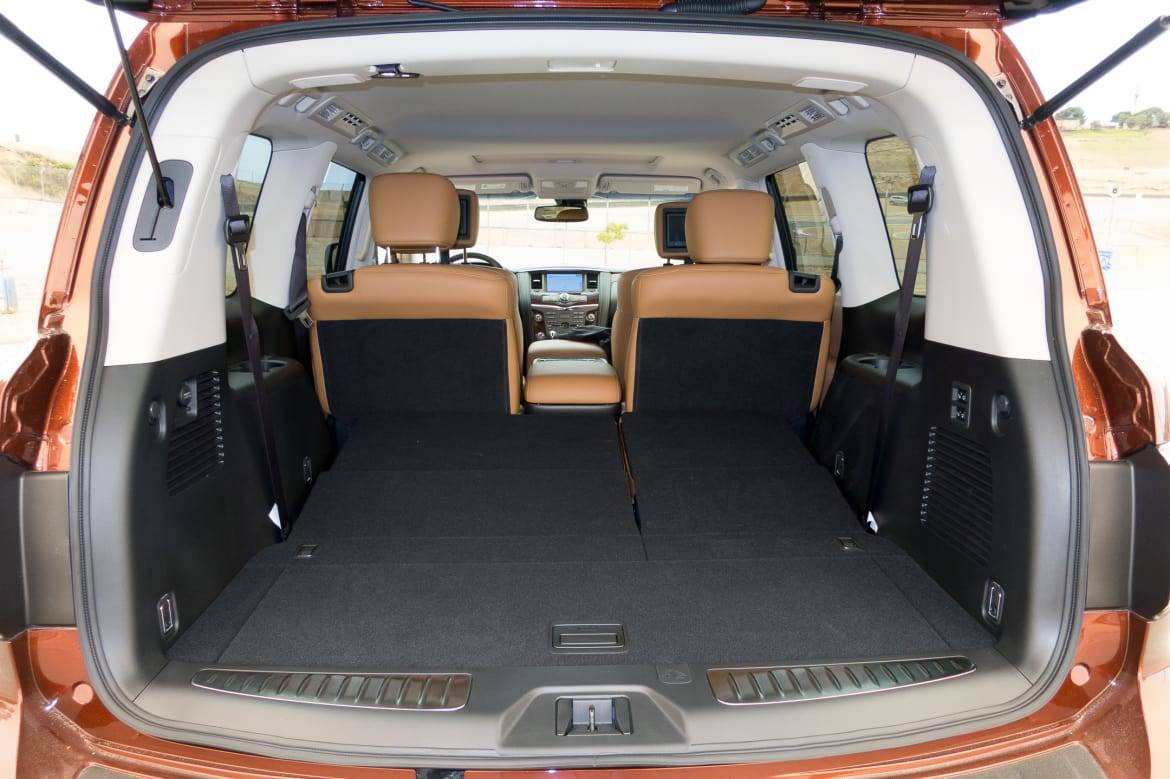
One area the Armada does not skimp on is available electronic safety features, which have received a considerable boost over the outgoing model. The Armada now features optional forward collision warning, forward automatic emergency braking, adaptive cruise control, lane departure warning and prevention, blind spot warning and intervention, and a 360-degree camera view of the vehicle’s surroundings.
Overall, the new Armada is an interesting rethink of the outgoing model — it’s tighter and more compact, not quite as useful for hauling people or stuff, but decidedly better built, better to drive and more luxurious throughout. At the top of the trim levels, the Platinum edition, it easily provides a more cost-conscious alternative to the Infiniti QX80. If you can forgo fancy leather seats and some electronic equipment, it becomes an even better luxury SUV bargain, starting at right around $45,000 for a base SV 2WD version (final pricing will be released later this summer). It’s a different flavor of SUV than the pickup-based American competitors, but it’s one that buyers might find more appealing.
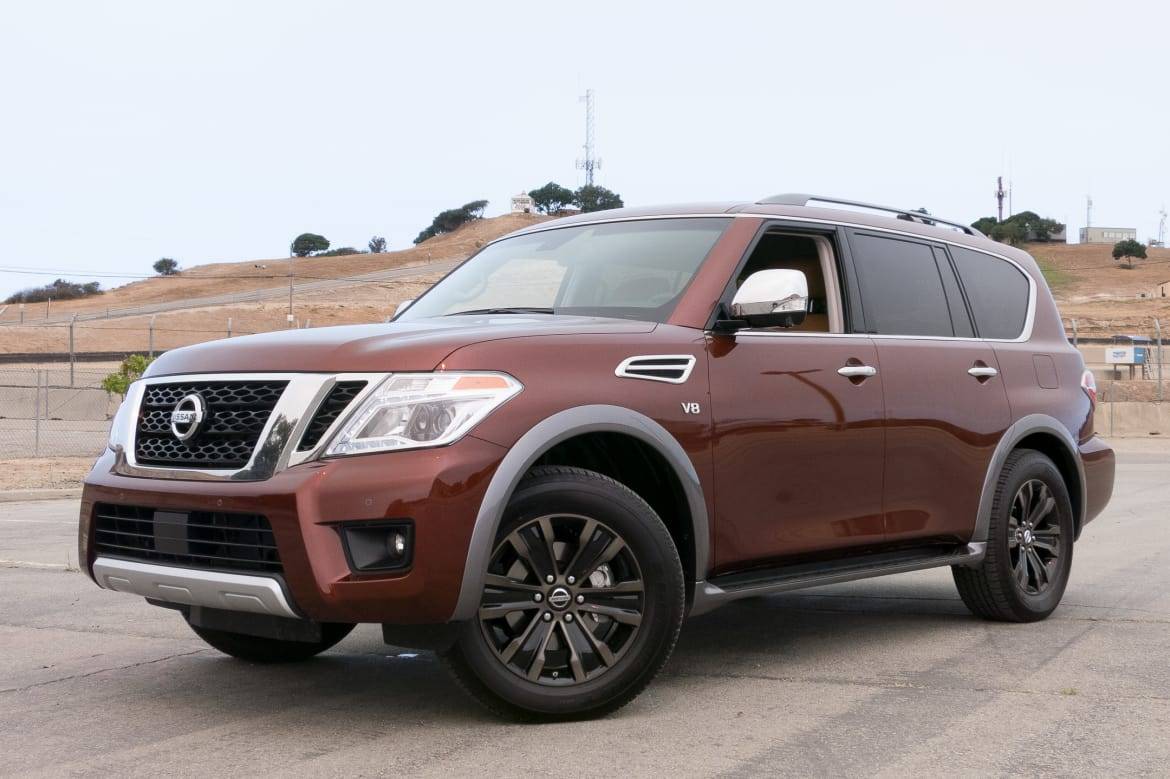

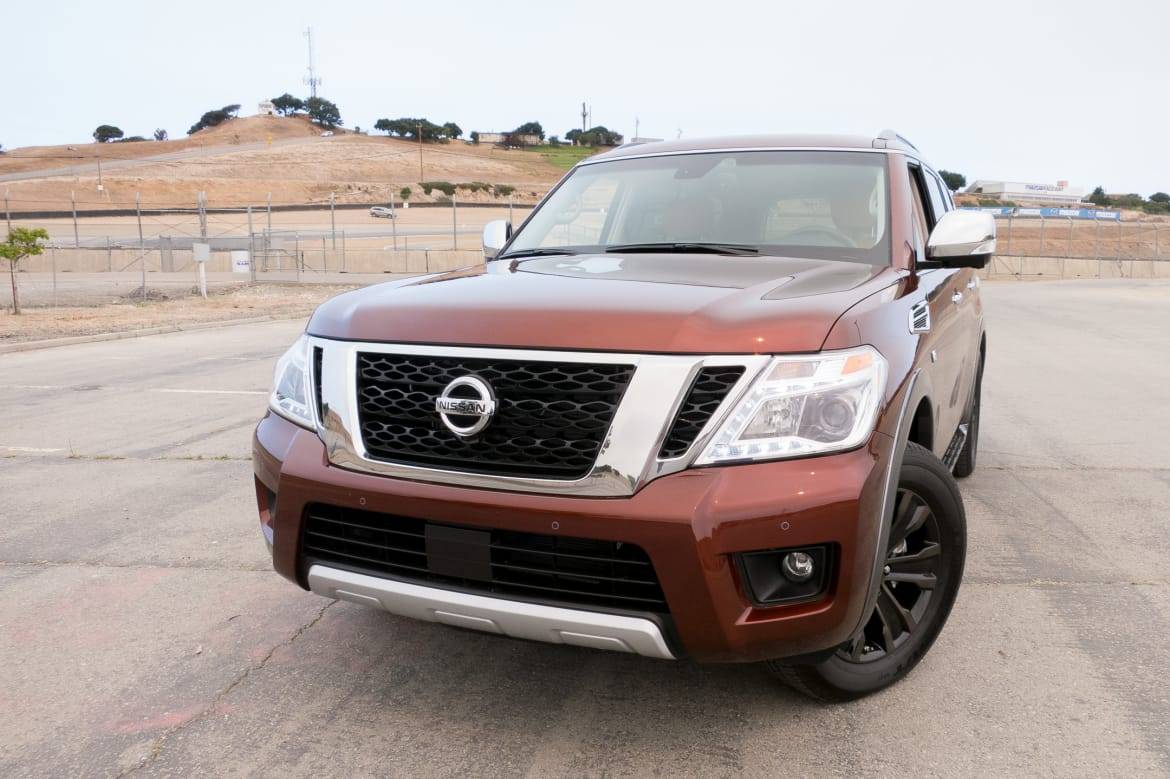
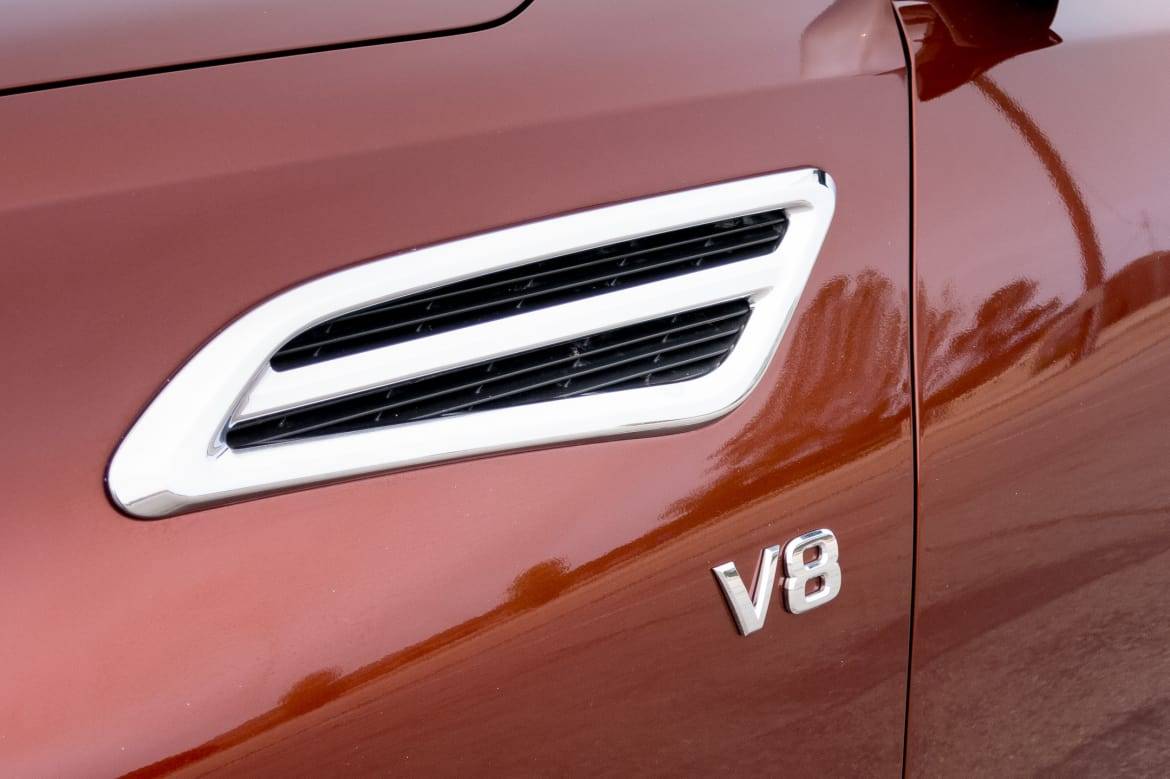
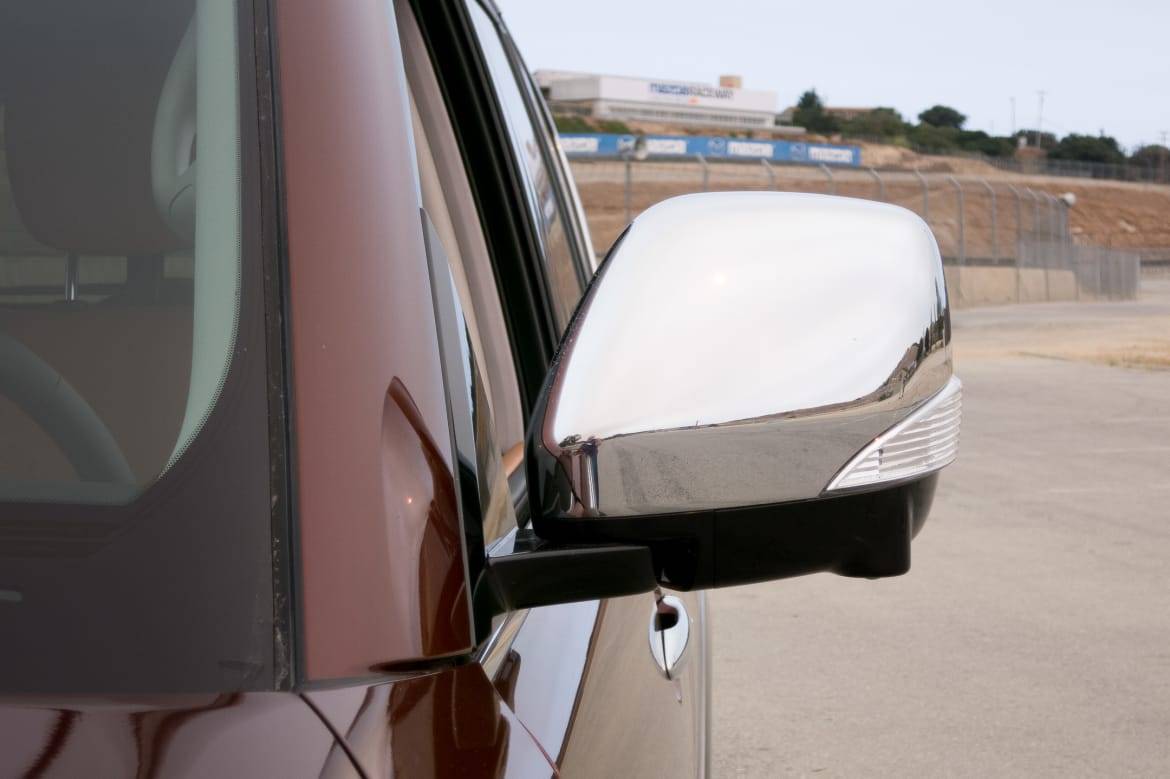
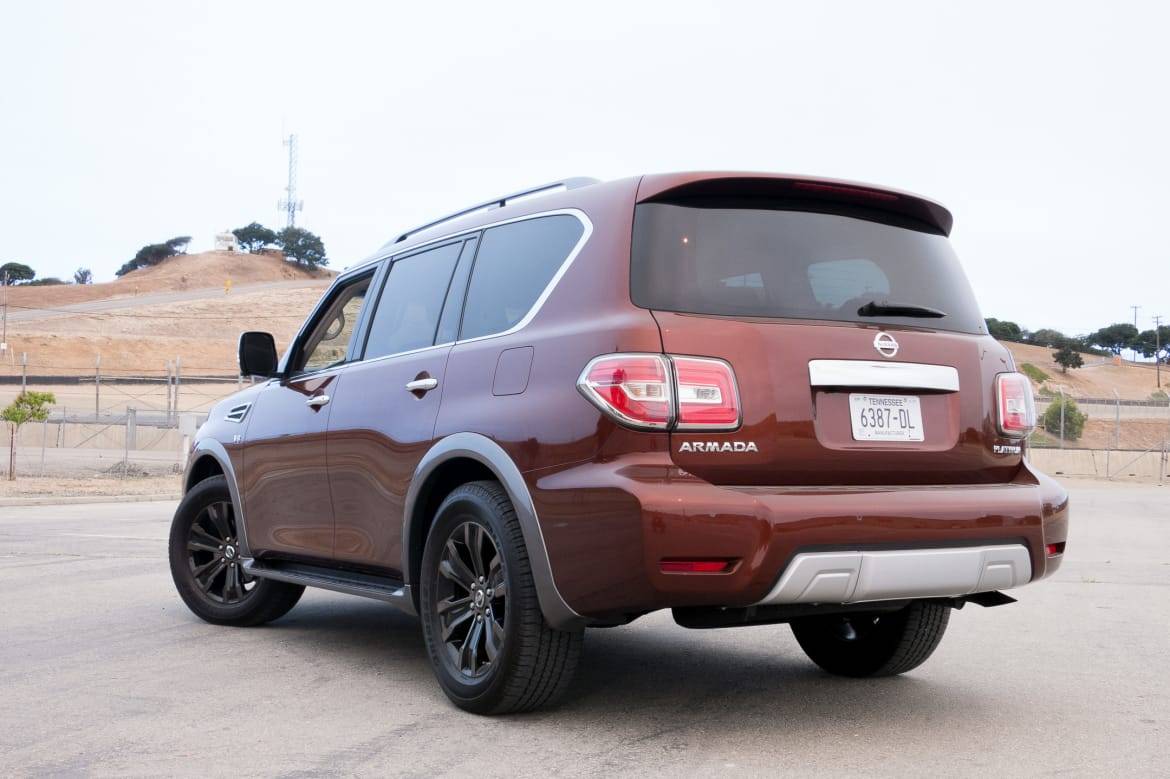

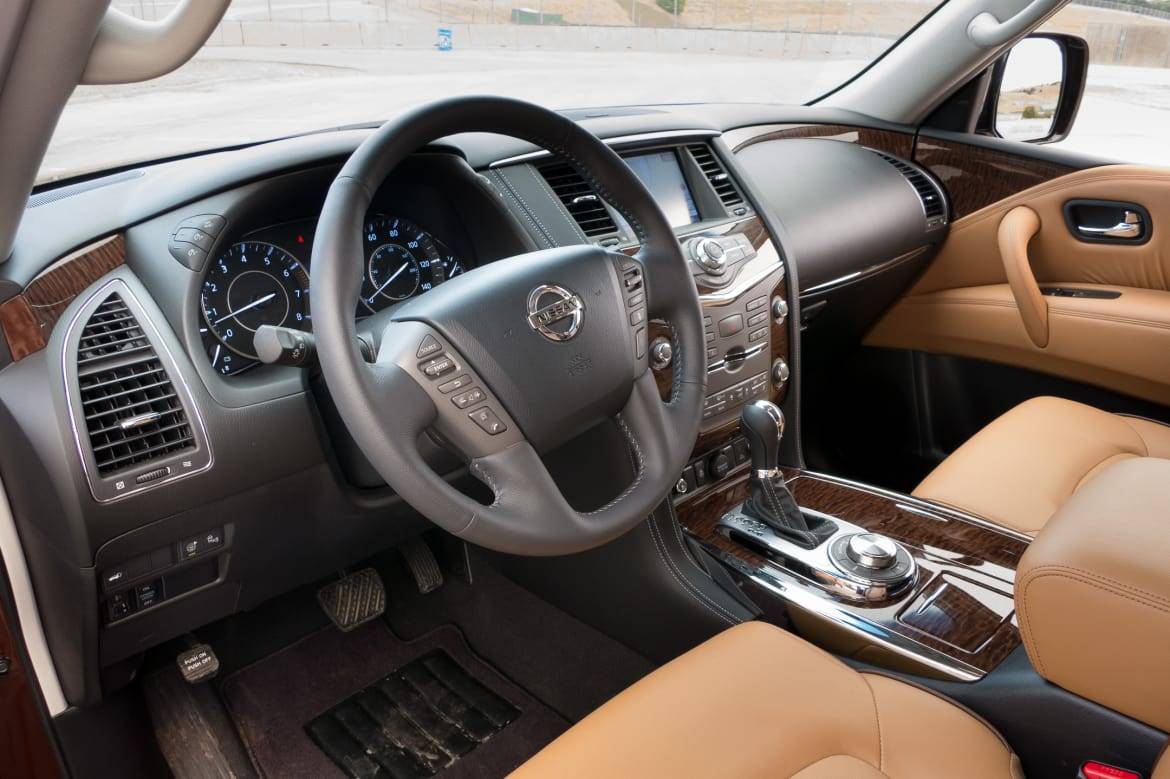

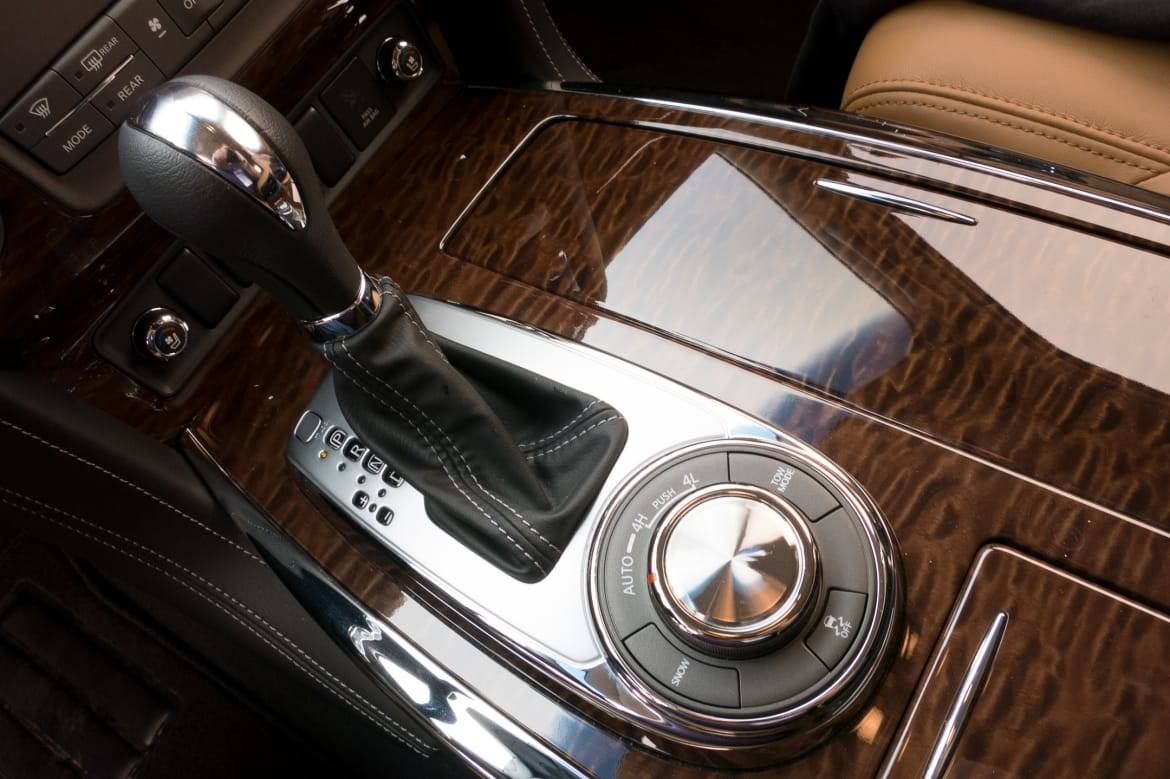
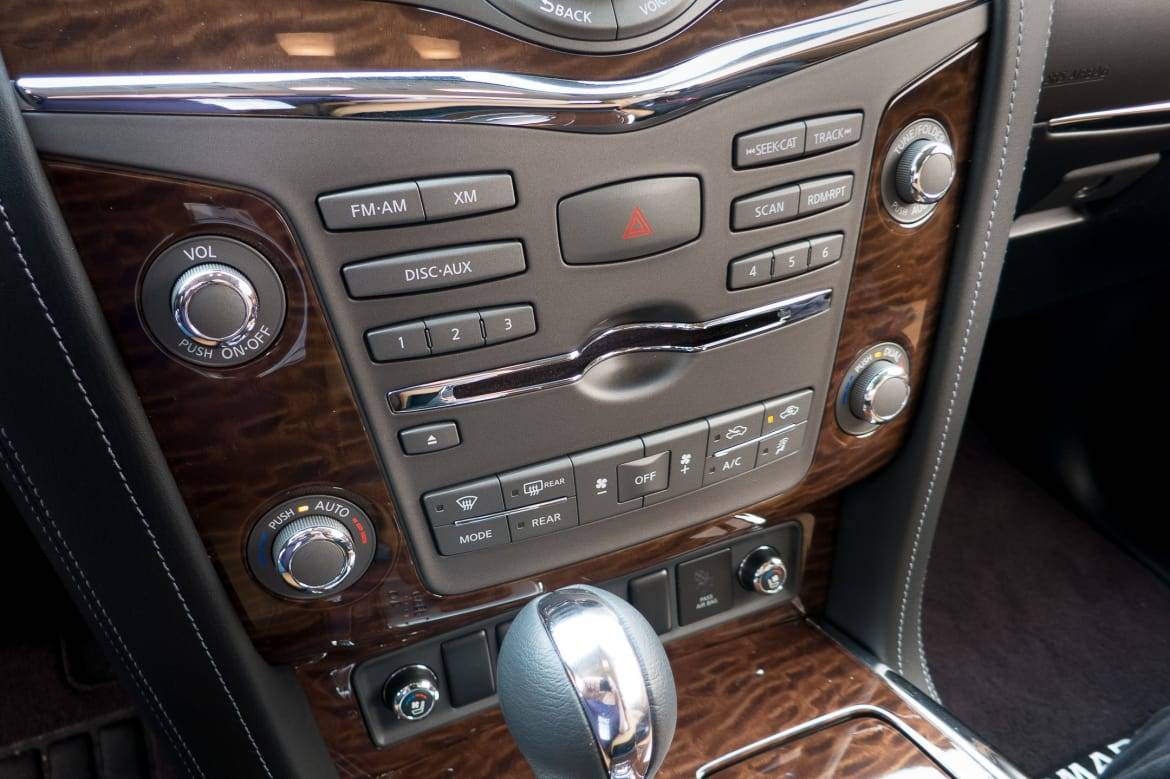
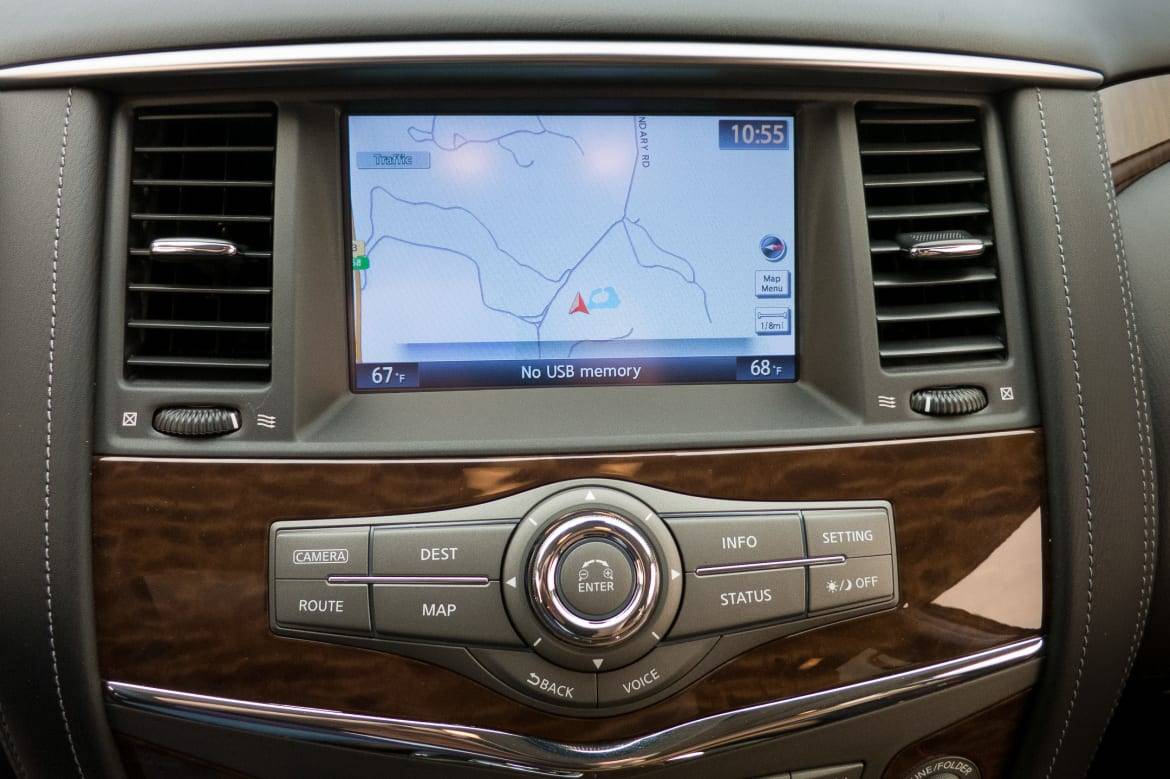

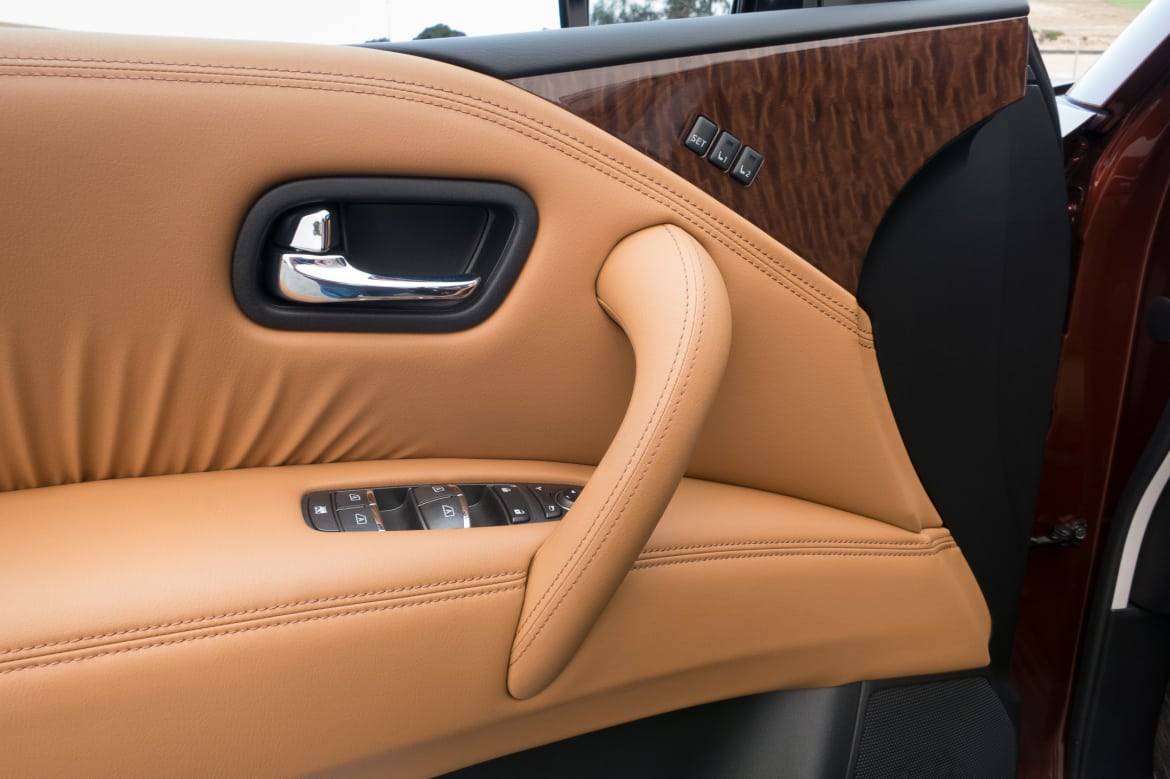

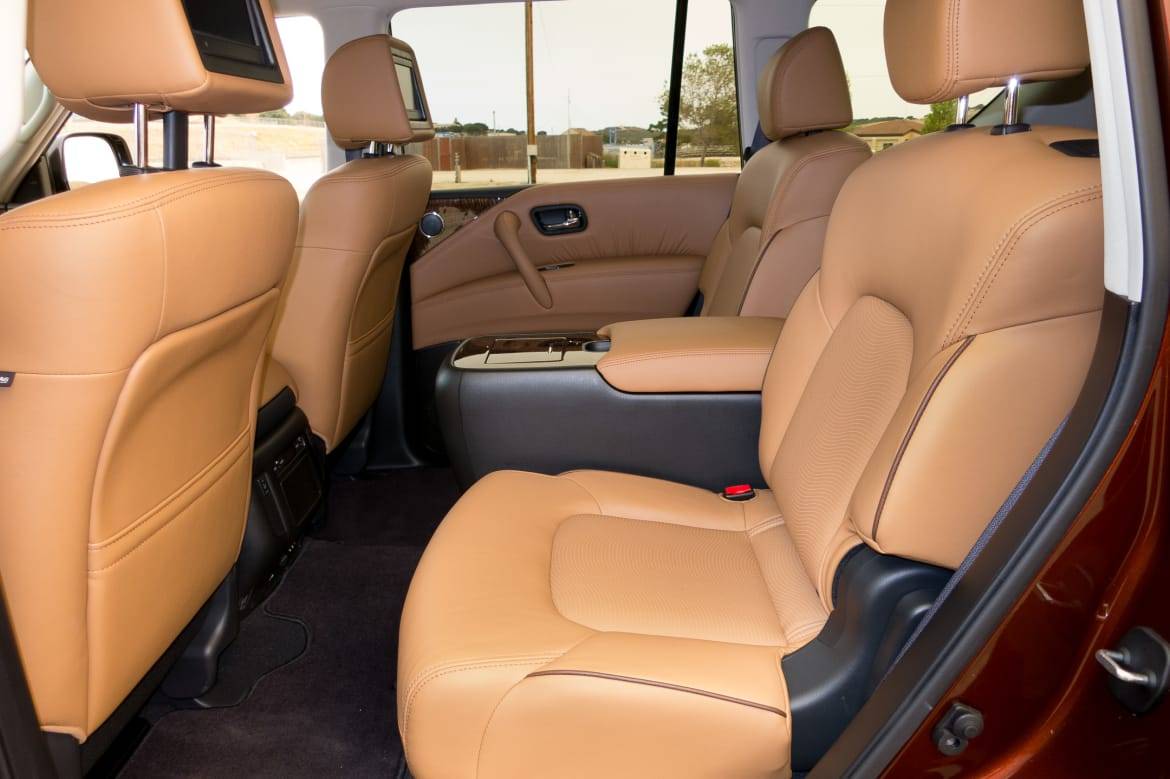
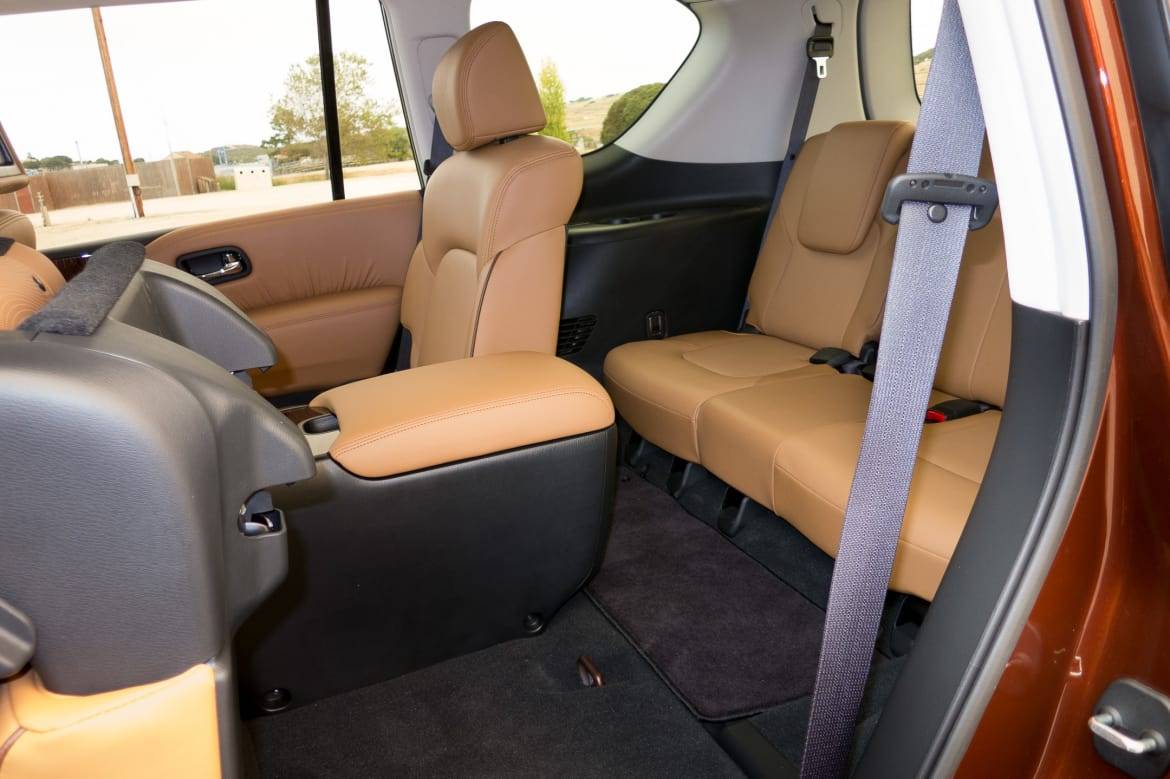
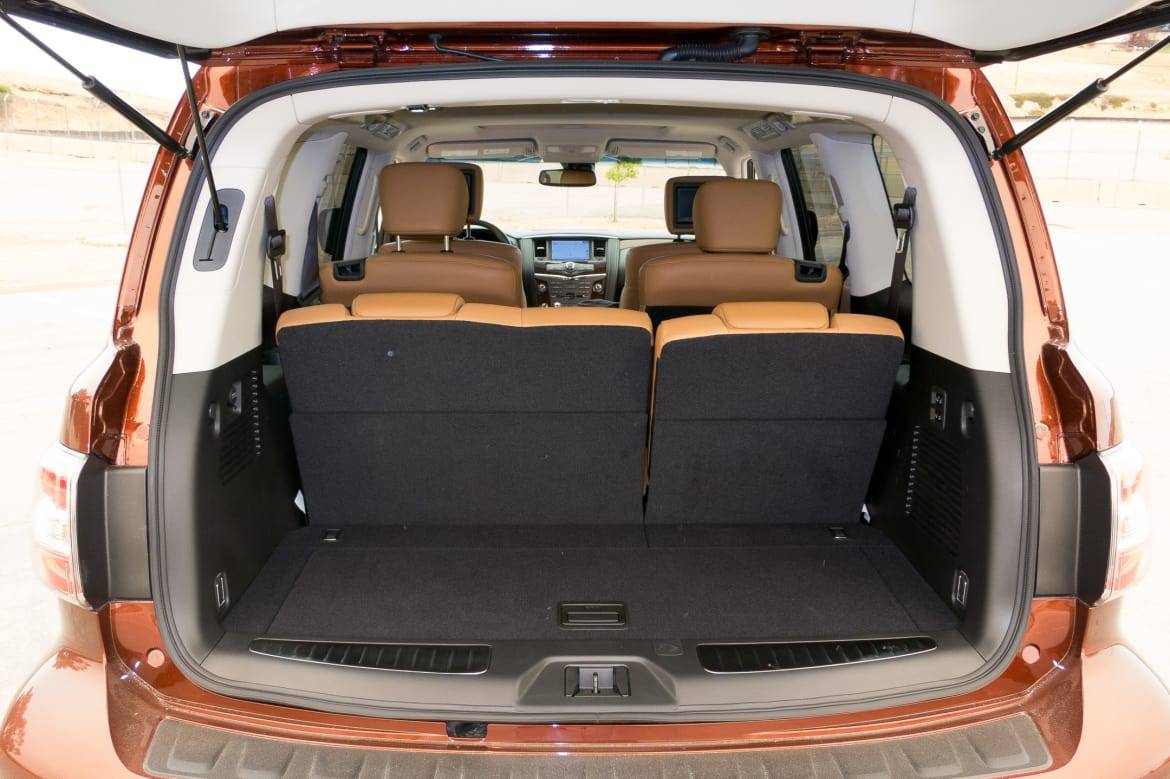


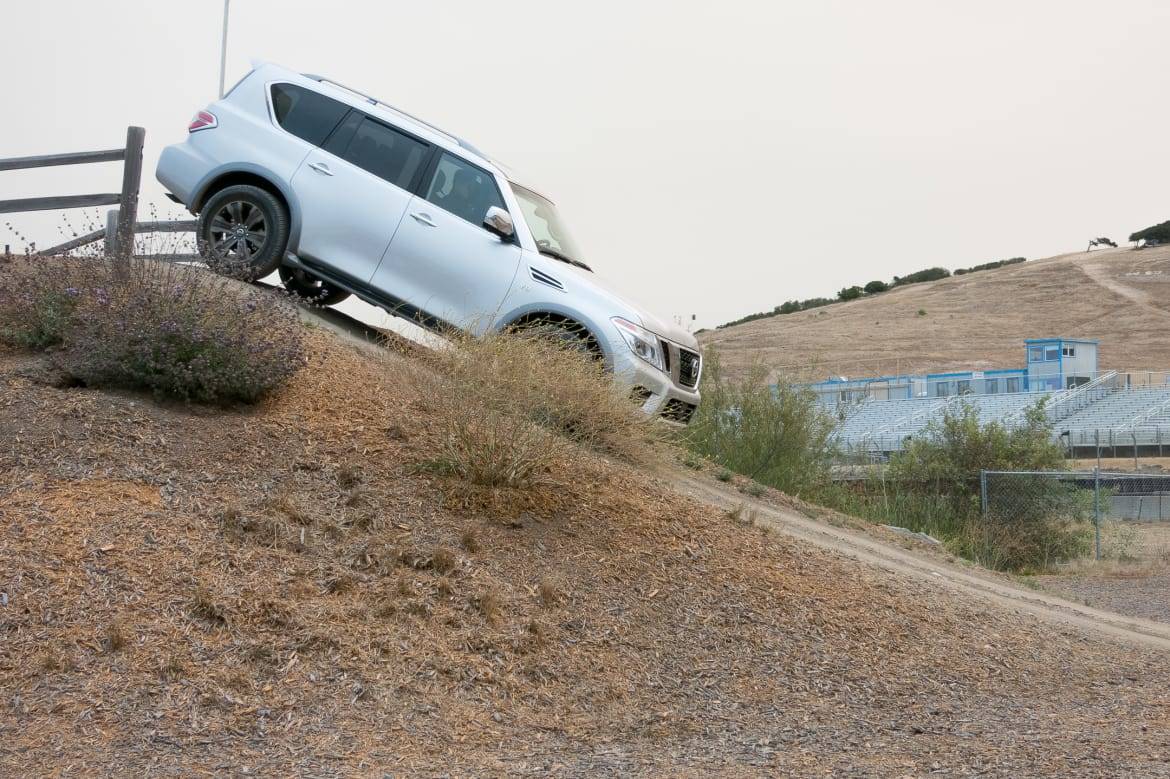

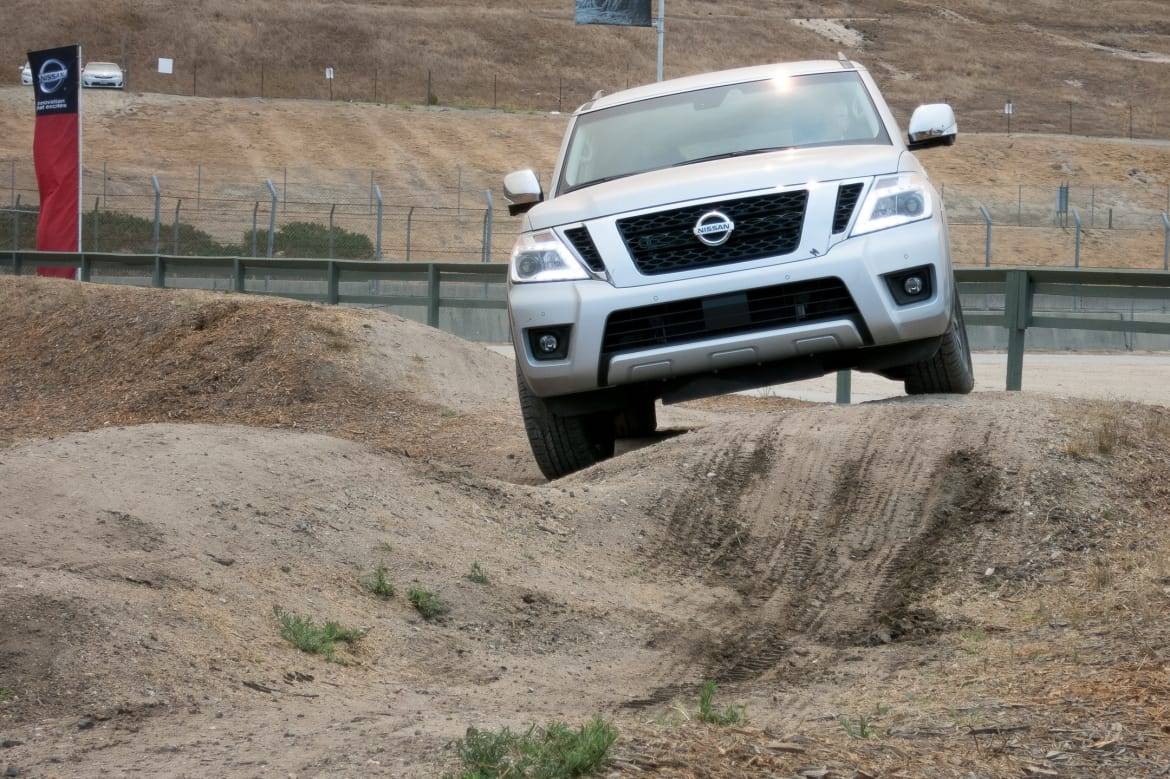
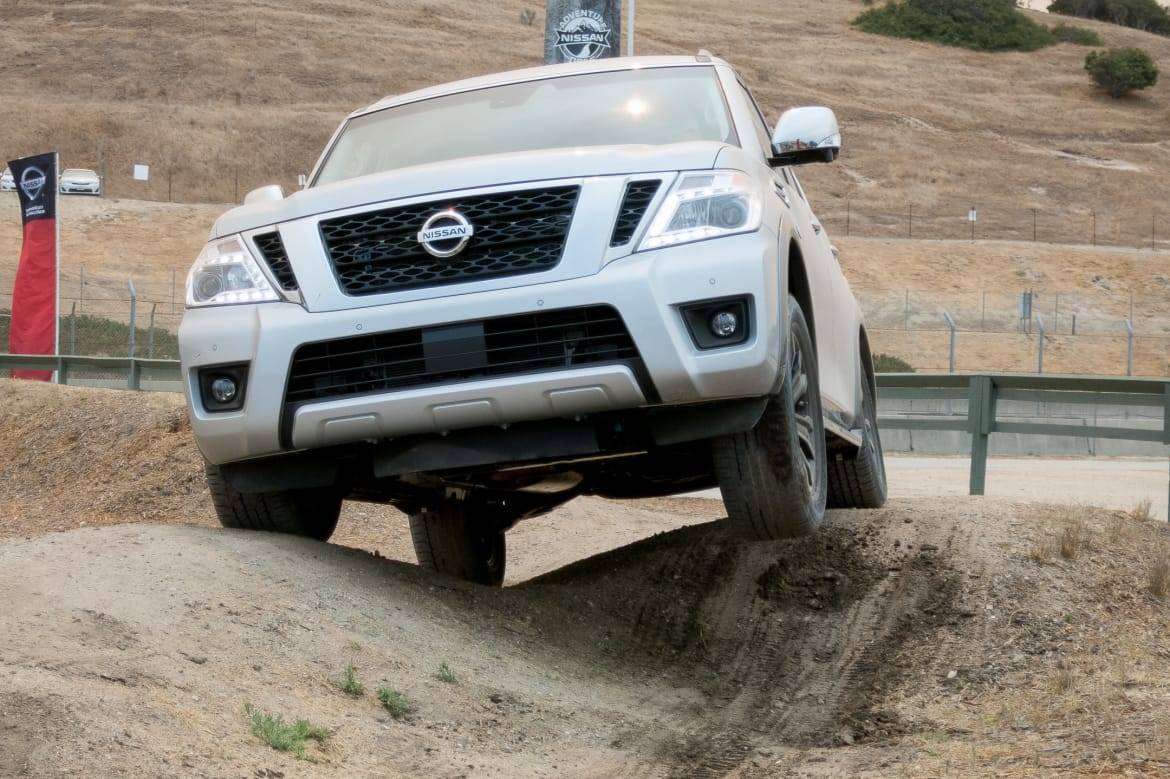
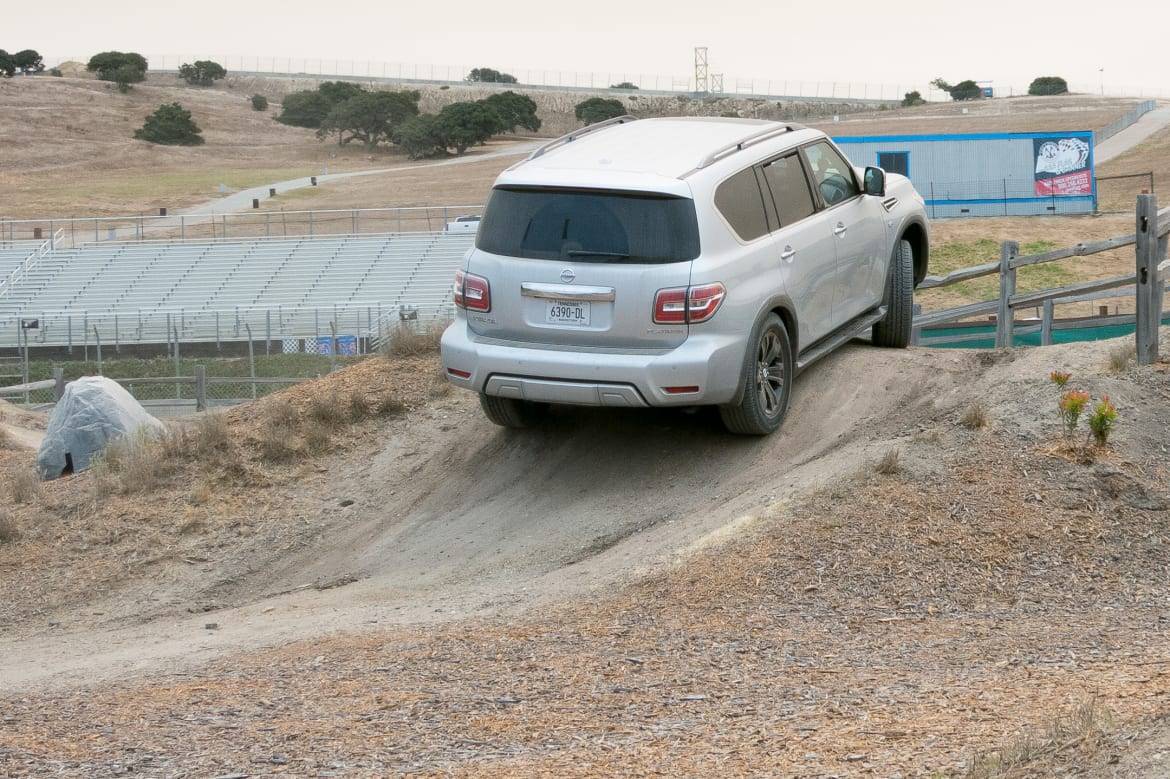


























Detroit Bureau Chief Aaron Bragman has had over 25 years of experience in the auto industry as a journalist, analyst, purchasing agent and program manager. Bragman grew up around his father’s classic Triumph sports cars (which were all sold and gone when he turned 16, much to his frustration) and comes from a Detroit family where cars put food on tables as much as smiles on faces. Today, he’s a member of the Automotive Press Association and the Midwest Automotive Media Association. His pronouns are he/him, but his adjectives are fat/sassy.
Featured stories





























